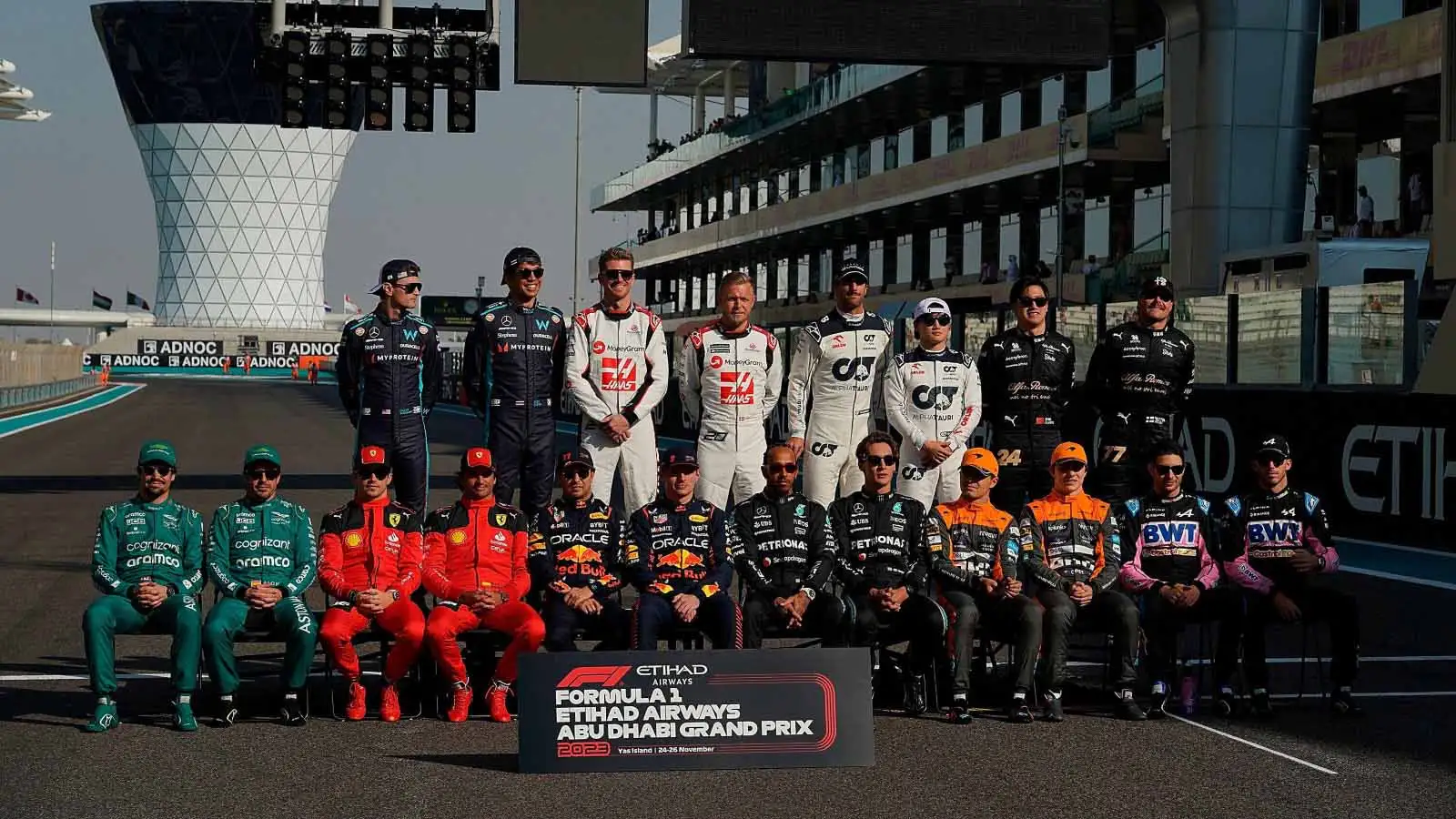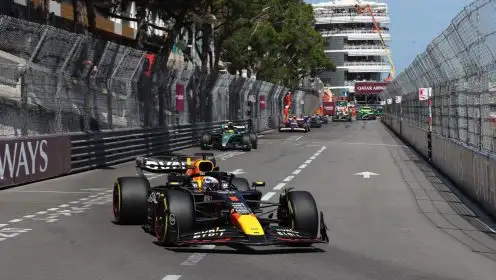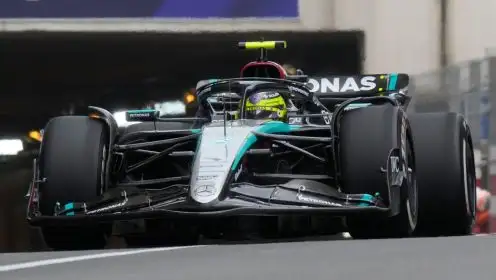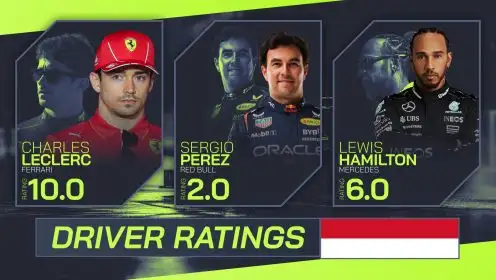F1 drivers’ height and weight: A full rundown of the 2024 grid

The F1 2023 field pose for their end-of-season photo on the Abu Dhabi grid.
Here is a look at the height and weight of the entire 2024 grid of Formula 1 drivers, with every detail proving vital in this sport.
How tall or heavy a driver is can dictate how much ballast is placed in different parts of a car, with the general rule in design being that shorter and lighter drivers make for an optimum package, as they can be designed around more easily and airflow can be directed exactly how designers would like.
The weight of a driver is also critical to the success of a car, with the strict minimum weight limit in place in Formula 1 meaning that every gram extra that the team carries is at a cost to performance – and that includes on the drivers, too.
Who are the tallest drivers in Formula 1?
Alex Albon, Esteban Ocon, George Russell, Nico Hulkenberg and Lance Stroll all stand at 1.82m or taller, or 6ft and above in imperial measurements.
Max Verstappen is just a shade under that at 1.81m but still represents a tall frame for a racing driver, with Williams’ Logan Sargeant the same height as the three-time World Champion.
Charles Leclerc is the other driver to come is at 1.8m or above.
How much weight can a Formula 1 driver lose during a race?
Naturally, the taller drivers carry extra weight in general for their ‘race weight’ – how heavy they are when they get in the car on race day – with Hulkenberg currently listed as the heaviest on the grid at 78kg (12st 4lb, if you’d rather), which is still extremely fine fettle for us mere mortals.
We say ‘race weight’ of course because drivers actually lose a significant amount of weight during races due to the physical demands placed on their bodies, sometimes up to 3kg or half a stone in certain rounds like Singapore, where humidity is high and the drivers are on the edge of their capabilities.
As a result, teams have to account for that by adding more ballast or fuel to their car to ensure that they pass the strict post-race weight checks by the FIA, as falling below the combined 798kg mark for driver and car could mean disqualification.
PlanetF1.com recommends
F1 schedule: When is the next race and where is it being held?
F1 2026: Confirmed teams and power unit suppliers for F1’s huge regulation changes
Who is the shortest Formula 1 driver?
Yuki Tsunoda stands at 1.59m [or just under 5’4”] and stands 27 centimetres [10.5”] shorter than Albon and Ocon, the two tallest drivers on the grid.
F1 2024 drivers’ height and weight
[In alphabetical order]
- Alex Albon – 1.86m, 73kg
- Fernando Alonso – 1.71m, 68kg
- Valtteri Bottas – 1.73m, 69kg
- Pierre Gasly – 1.77m, 70kg
- Lewis Hamilton – 1.74m, 73kg
- Nico Hulkenberg – 1.84m, 78kg
- Charles Leclerc – 1.80m, 69kg
- Kevin Magnussen – 1.74m, 68kg
- Lando Norris – 1.70m, 68kg
- Esteban Ocon – 1.86m, 66kg
- Sergio Perez – 1.73m, 63kg
- Oscar Piastri – 1.78m, 68kg
- Daniel Ricciardo – 1.79m, 66kg
- George Russell – 1.85m, 70kg
- Carlos Sainz – 1.78m, 66kg
- Logan Sargeant – 1.81m, 71kg
- Lance Stroll – 1.82m, 70kg
- Yuki Tsunoda – 1.59m, 54kg
- Max Verstappen – 1.81m, 72kg
- Zhou Guanyu – 1.76m, 63kg
Read next: F1 drivers by age: From the oldest to the youngest





